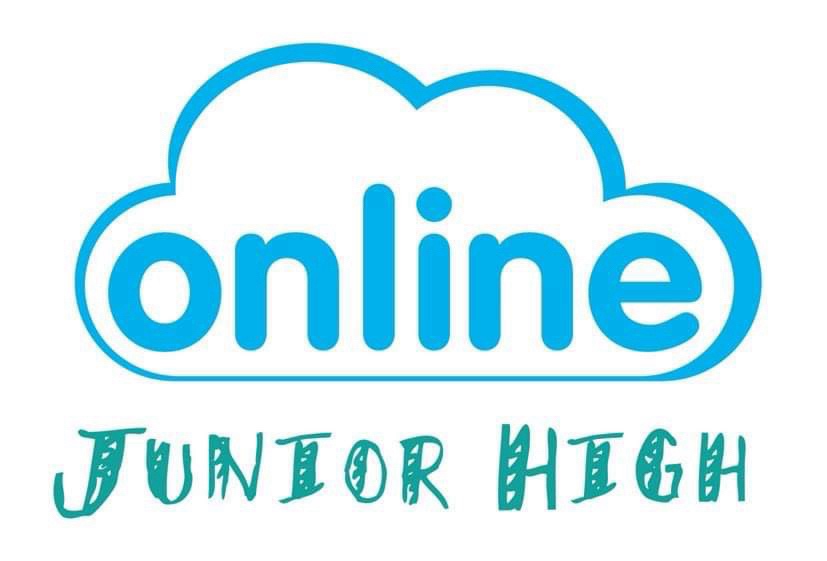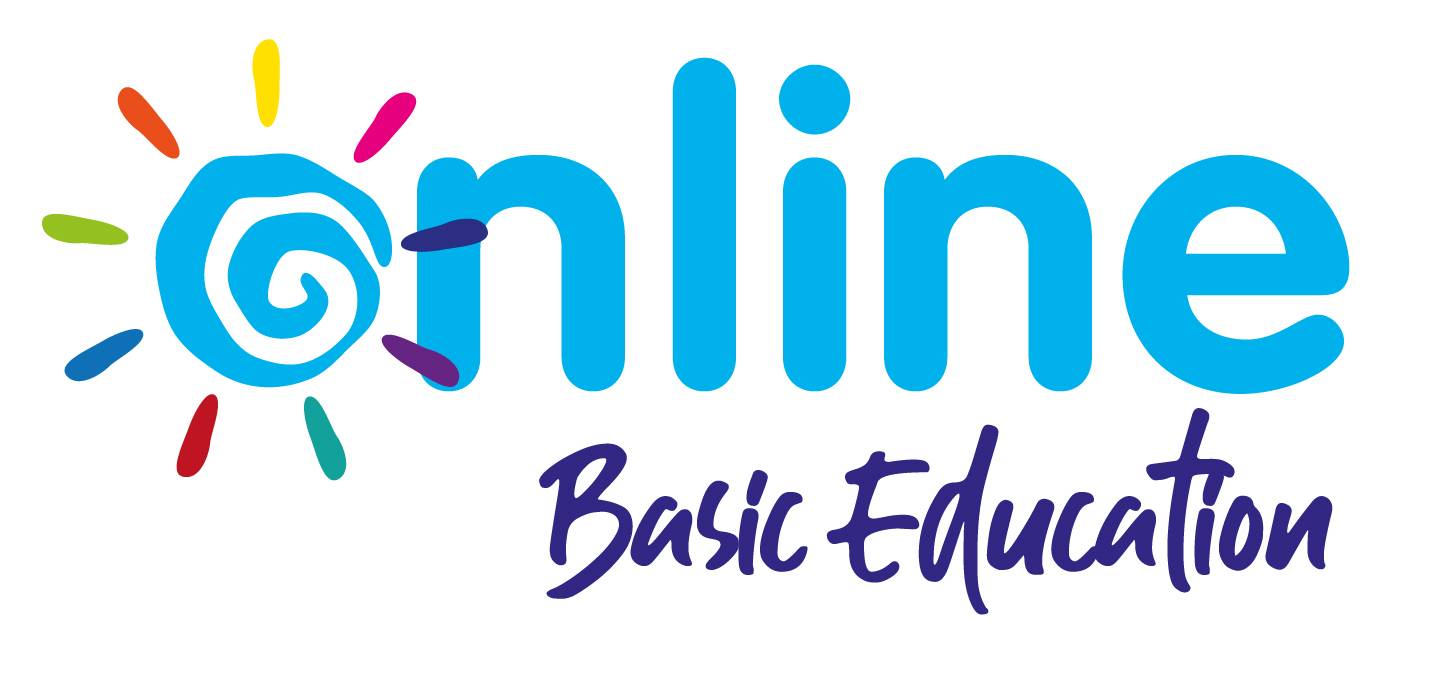As you enter the concluding years of your teenage life, choosing a career is bound to cross your mind; and in case the question, “What strand is software development?” has ever piqued your curiosity, we’re here to help you discover if it’s indeed the industry for you to prepare for as early as senior high.
The steady rise of the tech industry has businesses and organizations clamoring for capable software developers. The pandemic has shown that enterprises truly need to invest in their digital presence to be seen. They’ve looked to software developers for help to building websites, creating apps, and testing out new software regularly. Globally, there has been a shortage of software developers thus, the industry is always looking for new talent.
Committing to this career path means having a solid foundation, which you can have by finding the right senior high school strand for software development for you. There are numerous senior high school tracks to choose from when it comes to building your future, and it can get quite overwhelming, but we’ve narrowed it down to two – the STEM and the ICT Strand just to help you make your decision.
Let’s dive in and go through the different SHS strands for software development.
What Does a Software Developer Do?
Software developers are the people behind the code that makes websites, apps, and programs possible. With technology constantly evolving and new updates popping up almost every week, algorithms are changing the game. This means that software developers need to stay ahead of the curve by continuously updating their knowledge of the programming languages they use and working around the capabilities and limitations of their software.
Apart from hard skills, software developers also need soft skills like patience and perseverance to keep running codes through trial-and-error; communication skills so that information is properly coordinated to their team members; and business acumen to understand why and how business decisions are made.
Software developers are more than what meets the eye, there are various possibilities in the tech world open for them. We’ve listed down below some of your possible career paths if you choose to pursue the software development strand:
- Front-end Developer
- Backend Developer
- Full-stack Developer
- Game Developer
- Mobile Developer
Front-end Developer
Frontend developers design websites to make it look appealing to the market. They’re in charge of testing, improving, and designing what users see. They optimize designs to fit in various screens, browsers, and platforms for maximum speed.
These developers usually use HTML, CSS, and JavaScript for programming.
Backend Developer
If front-end developers create and maximize designs for efficiency, backend developers are their counterparts; they create the code to keep productions running seamlessly and according to design. These programmers plan database capacities, monitor website and app performance, backup and recover data, and create security systems for clients.
These developers usually use Python, Ruby, Perl, Java, C# for programming.
Full-stack Developer
Full stack developers are a one stop shop that can do both front-end and backend functions. They can do UI/UX designs all the way down to coding for usability and product maintenance.
Game Developer
Game development, a specialized job for programmers, has multiple tracks: game developer second-party developer, third-party developer, and indie developer. This job entails knowledge in design to create an engaging gaming experience for its users.
These developers usually use JavaScript, HTML5, and Swift.
Mobile Developer
All the applications found on your phone are created by mobile developers. This is a fairly new subspecialty that emerged due to smartphones getting invented. These types of developers need an in-depth knowledge of the different phone operating systems and the frameworks needed to properly create applications for them.
These developers usually use Java, Objective-C, Swift.
What Strand Should I Take to Become a Software Developer?

There are no right strands when choosing to become a software developer, however we do find that some paths will equip you better than others. It’s all very dependent on what you want focus on and your learning plan.
We’ve listed down below our two recommendations for your pursuit in software development, and the advantages behind choosing either track.
Is STEM a Good SHS Strand for Software Development?
The Science, Technology, Engineering, and Mathematics (STEM) Strand is for aspiring developers who want to have a more well-rounded approach in their education.
Choosing this course will allow you to touch on subjects that are beyond the field. This can be extremely helpful because as a programmer, you’ll be interacting with different industries that need your help. Having a general idea of the work that they do will aid you in understanding their needs, thus enabling you to develop a system that suits them better.
This particular strand covers a wide range of topics in the technical field and OEd’s STEM courses list is geared towards molding professionals who are innovative and critical thinkers. There aren’t any practical courses here for programming, however, STEM provides a way for you to holistically grow.
For example, basic calculus can be advantageous for developers because it hones their problem solving and critical thinking skills; general physics can be directly applied to applications that use physics for certain programs.
Is ICT a Good SHS Strand for Software Development?
The Information and Communication Technology (ICT) strand is under the tech voc college courses program. This strand is for future software developers who want to jump right into the industry and have practical experience by learning with the digital tools used in tech development.
Here are some of the subjects you’ll encounter in ICT that can greatly help you in your professional growth:
Empowerment Technologies (E-Tech): ICT for Professional Tracks
E-Tech is a subject that is designed for this senior high school strand for software development. It goes through the proper practice of online safety and ethics, content development, application of productivity techniques, and fostering a collaborative environment through different applications.
Programming for (Java)
Java is one of the most utilized programming languages that every developer should have under their belt. This language can run on all platforms and develop applications but has simplified features in comparison to C++. This course aims to get its student to apply core Application Programming Interfaces (API) to design object-oriented applications.
Programming (Oracle Database)
Oracle is a third-generation language that allows you to use the wide variety of data in its database, it also does not need additional hardware requirements, making it popular amongst users. This class’s goal is for students to walk away with the knowledge of applying the PL/SQL language and to interface it with other applications with efficiency.
Programming (.Net)
.Net is an open-source programming framework that is available on all operating systems. In this course, you’ll focus on HTML5, CSSS3, and JavaScript for coding activities and enhancement of web applications.
Create Your Future in Software Development with OED
The tech industry is constantly growing and looking for software developers who can keep up with the rigorous work of creating new web pages, producing apps, and so much more. Becoming a software developer will lead to dynamic career that can branch out into different paths and keep you growing professionally.
But first, you need to get your foundations down by choosing what school and strand for software development is right for you.
If you’re looking for a school that fits the bill, OEd can help you create your future in software development, while keeping it easily accessible through our online learning platform in the Philippines. You can learn at your own pace, anytime, anywhere.
Are you ready to jump into a fruitful career in Tech? Get in touch with us today to learn more about the strands that we offer.








